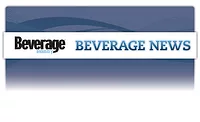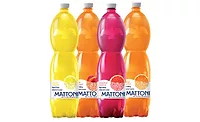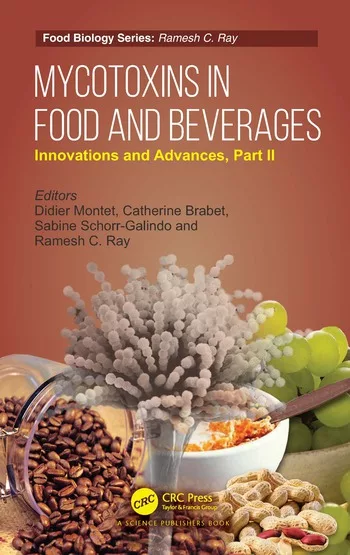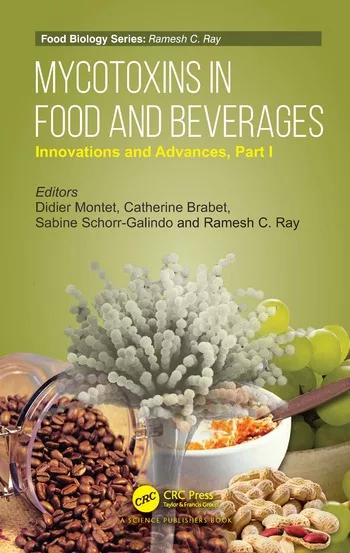Suppliers utilize cost-effective vanilla ingredient solutions
Natural, organic trends drive demand for vanilla

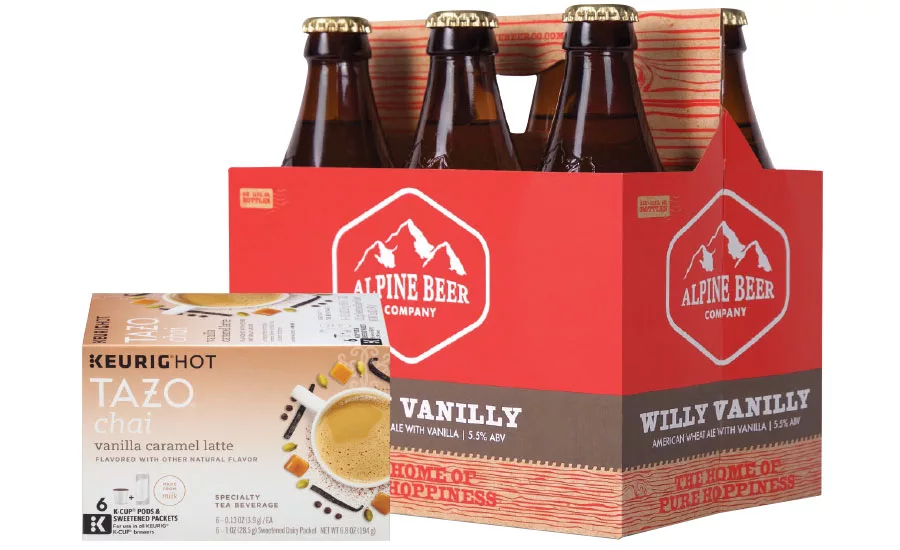
With natural and clean-label trends proliferating in the consumer packaged goods (CPG) market, many CPG companies are transitioning from artificial to natural ingredients. Among those in high demand are natural vanilla ingredients. In fact, organic, GMO-free and no additives/preservatives are among the Top 10 claims made by beverage companies using vanilla as an ingredient, with nearly every beverage category utilizing the ingredient, according to data collected by several market research firms and compiled by Flavorchem Corp., Downers Grove, Ill.
“The trends of better-for-you and back-to-nature lend themselves to use this natural extractive, and the label is as clean as you can get in flavors,” says Colleen Roberts, director of sales at South Plainfield, N.J.-based Flavor Dynamics Inc.
Vanilla also is a multifaceted ingredient that is used in beverage formulations for a variety of purposes, including as a masking flavor, to provide rounding notes and as a complementary flavor to encourage trial, experts say.
“Whether consumers are seeking pure and simple products that they believe to be safe, trusted and real; products that feel authentic and familiar; or even products that answer their cravings for pleasure and indulgence, vanilla is a fit, so the opportunities are endless,” says Minerva Calatayud, strategic marketing director for beverage at Beloit, Wis.-based Kerry Group plc.
Christopher Smith, vice president of vanilla products at Virginia Dare, Brooklyn, N.Y., highlights vanilla’s versatility with countless flavor profiles. “Vanilla pairs well with everything, so developers have no rein on their imagination in creating exciting flavor combinations.”
Vanilla also can make formulations more palatable for first-time consumers, adds Deborah Osborne flavor chemist at Flavor Dynamics. “[B]rands use this traditional flavor to make the new and exciting products approachable and appealing to consumers,” she says.
Ilana Orlofsky, marketing coordinator for Niles, Ill.-based Imbibe, adds that vanilla can offer a vast range of flavor components. “There are several hundred flavor components to the vanilla bean (the main compound being vanillin) that range from pungent, acidic, fragrant, to sweet and sharp,” she says. “Understanding the chemistry of vanilla — and whether it should deliver a more floral, sweet note over a woody, bitter note is critical in building the most compelling beverage. Vanilla also helps [to] balance and accentuate other notes, especially those of cocoa, so it’s often used as an ingredient even if it’s not called out in the flavor profile.”
Straight from the source
As natural, organic and clean-label trends continue to drive product innovation, many beverage-makers are looking to increase their transparency, experts say. “We’ve seen an uptick in our customers providing very specific detail around the type of vanilla flavor they’re seeking, whether it be unique flavor notes, like sweet, beany, creamy, or from specific regions of the world, including Mexico, Madagascar or Tahiti,” says David Banks, market research and consumer insights director at Kerry.
Virginia Dare’s Smith also notes this trend. “With growing consumer interest in environmentally and socially responsible sourcing, we expect to see consumer products linking vanilla more closely to stories about transparency and sustainable vanilla growing practices,” he says. “We are already pioneering such stories through our close partnerships at origin with farmers in the SAVA region of Madagascar.”
Flavorchem’s Research and Development (R&D) Director Jim Hamernick says that this transparency can create mystique and imply a sense of quality for a product as well.
However, the increase in demand for this versatile ingredient, combined with several other factors, have led to a volatile vanilla market, experts note. “You had a couple of bad markets where the quality of the product over the past couple of years was not as good as it was in the past, and a lot of that is due to Mother Nature,” explains Bill Graham, vice president of sales in North America at Prova Inc., Danvers, Mass. “But what’s also happened is that you’ve had a tremendous amount of companies now leaning toward changing their products from artificial to natural. … The demand is definitely outweighing the supply.”
Renata Ibarra, RD&A senior director of taste at Kerry, adds: “We’ve seen an uptick in consumer interest in knowing the country of origin for vanilla flavors. This can create manufacturing challenges. Vanilla can only be grown in very specific climates, and the price and quality can fluctuate greatly because of environmental and governmental situations in those locations. A strong purchasing strategy is critical to control costs and quality, especially when looking to provide such a high level of transparency to consumers.”
According to a July Vanilla Information Memo from Prova, the price of vanilla has increased immensely. “The vanilla market … has been experiencing significant tension since 2015,” the memo states. “In less than a year, the price of a kilo of cured vanilla has multiplied threefold or even fourfold ($250-$310 a kilo [today], compared to $60-$80 a kilo in 2015 and $30 a kilo in 2012).”
However, ingredient suppliers have been proactive in protecting their customers from the effects of the market and have innovated natural vanilla solutions. “The biggest thing we’re doing is trying to do whatever we can to protect our existing customers,” Graham says.
Suzanne Johnson, vice president of research and development at Mother Murphy’s Labs, Greensboro, N.C., also highlights the price inflation. “Cost is a main challenge as the price of vanilla is very high this year,” she says. “Many companies are trying to switch to natural vanilla with other natural flavors [WONF] in order to keep a high-quality taste at a lower price.”
According to Johnson, Mother Murphy’s offers a range of vanilla solutions including high-quality vanilla extract at various strengths, natural WONF, natural and artificial vanilla, and artificial vanilla.
Ed McIntosh, marketing manager at Flavorchem, notes the company’s efforts to innovate cost-effective solutions. “Recently, because vanilla bean prices have increased, but because consumers still demand vanilla flavor, we (Flavorchem) have introduced a line of vanilla replacers to address the escalating cost of vanilla,” he says.
He adds that the company provides pure vanilla extracts as well as replacement solutions. “The replacement products are available in different label claims (Nat-WONF, Nat Type, or natural and artificial) and can offer our customers a cost-effective alternative to pure vanilla extract in different forms.”
Experts from Flavor Dynamics also note the supply challenges and say that the company has innovated to assist its customers. “At Flavor Dynamics, we work to create flavors that stabilize costs against volatile changes in the commodity marketplace,” Roberts says. “Our flavor chemists have developed a natural vanilla java flavor to replace the vanilla extract 1x in a variety of applications.”
Kerry’s Calatayud notes that sustainable practices will be essential for the health of the vanilla market. “As vanilla continues to reign as a top flavor, sourcing it responsibly will become even more important in the future. That’s why Kerry supports local growers in Madagascar with education on agricultural practices that help keep their vanilla beans safe while improving quality and yield,” she says. “... This program not only ensures Kerry customers have access to the highest-quality vanilla, but more importantly, it’s about doing business the right way, from the very beginning of the value chain.” BI
Looking for a reprint of this article?
From high-res PDFs to custom plaques, order your copy today!



